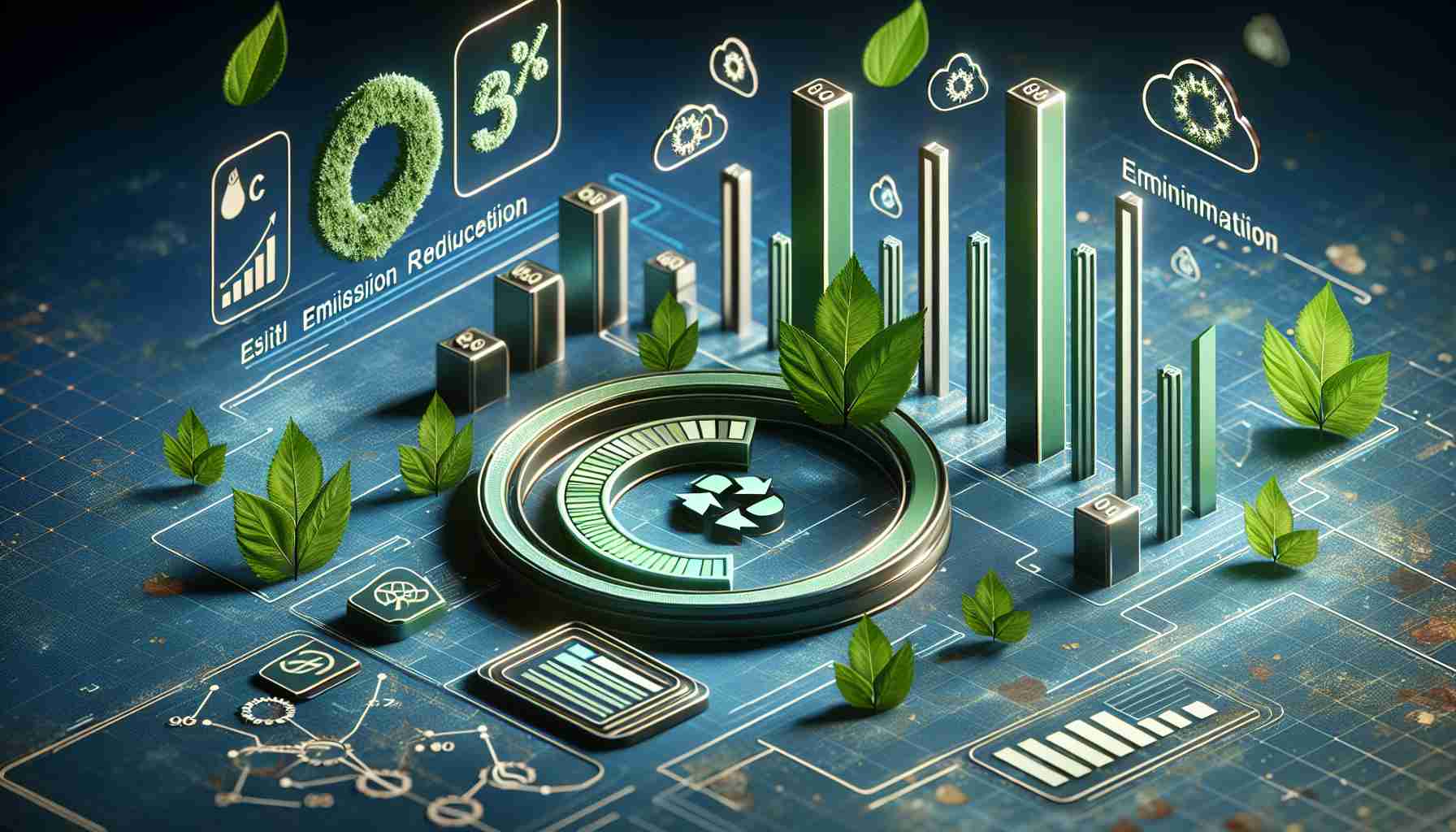Apple Demonstrates Significant CO2 Emissions Decline Through Supplier Reforms
In its journey towards environmental responsibility, Apple has reported a significant decrease in carbon emissions, evidencing a serious commitment to its 2030 climate objectives. By analyzing recent sustainability data, Apple disclosed a 22% reduction of its carbon footprint, primarily attributable to actions taken by its suppliers to switch to purer energy sources. This plunge in emissions, from 20.6 million metric tons in 2022 to 16.1 million metric tons in 2023, is a result of a concerted push for cleaner operations.
The supply chain, often the most challenging and most crucial component to decarbonize due to its predominant contribution to emissions, has been a key focus for Apple. A large chunk of Apple’s overall emissions, specifically 58% last year, originated from the procurement of goods and services. These emissions saw a decrease from 13.4 million metric tons to 9.4 million metric tons within a year.
To achieve this, Apple has spurred an energy revolution among their suppliers, whose shift to renewable energy sources and heightened energy efficiency managed to conserve a whopping 2 billion kilowatt-hours of electricity and avert nearly 1.7 million metric tons of carbon emissions last year.
Apple’s strategy for reaching carbon neutrality by the end of the decade involves a 75% reduction in emissions and counterbalancing the remainder. This includes purchasing credits in the carbon market for short-term emission offsets—even if this means contributing to the contentious debate on the efficacy of some carbon offsetting projects. Despite relying on this measure for hard-to-eliminate emissions, it’s crucial to note that these offsets played a minor role, corresponding to emissions similar to those from a single natural gas plant.
Noteworthy is Apple’s progress in comparison to its tech counterparts, specifically in its emphasis on renewable energy utilization by suppliers. Continued transparency regarding these suppliers will be vital in affirming Apple’s claims on producing carbon-neutral products.
Key Questions and Answers Associated with Apple’s Emission Reduction Efforts
1. How has Apple achieved a reduction in CO2 emissions?
Apple has achieved a 22% reduction in its carbon footprint, primarily through its suppliers shifting to greener energy sources and improving energy efficiency. These efforts have led to the conservation of 2 billion kilowatt-hours and the avoidance of around 1.7 million metric tons of carbon emissions.
2. What is Apple’s goal for 2030 in terms of emissions?
Apple’s goal for 2030 is to reach carbon neutrality. This includes a 75% reduction in emissions across its global operations and neutralizing the remaining 25% through various means, such as purchasing credits for carbon offsetting.
3. What role do Apple’s suppliers play in its environmental strategy?
Apple’s suppliers are critical in the company’s environmental strategy, as emissions from the procurement of goods and services constituted 58% of Apple’s total emissions last year. Their transition to renewable energy is therefore a significant component of Apple’s overall reduction in emissions.
4. Are there controversies associated with Apple’s emission reduction strategies?
Some controversy lies in the use of carbon offset credits to neutralize emissions that are difficult to eliminate. Debates surround the effectiveness and the long-term impacts of certain carbon-offset projects.
Key Challenges and Controversies
One major challenge Apple faces is the decarbonization of its entire supply chain, which is complex and wide-reaching. Despite progress, not all suppliers may have the resources or infrastructure to switch to renewable energy quickly.
The use of carbon offsets is also controversial. Critics argue that offsets may allow companies to pay their way out of meaningful reductions. Finding and investing in high-quality, verifiable offset projects that provide genuine emissions reductions is a challenge Apple and other companies face.
Advantages and Disadvantages
Advantages:
– Apple’s push for reduced emissions can stimulate the broader adoption of renewable energy across industries.
– This commitment may strengthen Apple’s brand and customer loyalty among increasingly environmentally conscious consumers.
– Over the long term, cost savings could be realized from reduced energy consumption.
Disadvantages:
– The upfront costs for Apple and its suppliers to transition to renewable energy can be significant.
– The reliance on carbon offsetting can be seen as avoiding the harder challenges of emissions reductions.
– There might be a lack of suitable green energy options globally, potentially slowing progress in certain regions.
For more information on Apple’s environmental goals and corporate responsibility, please visit the official Apple website: Apple.
The source of the article is from the blog windowsvistamagazine.es
